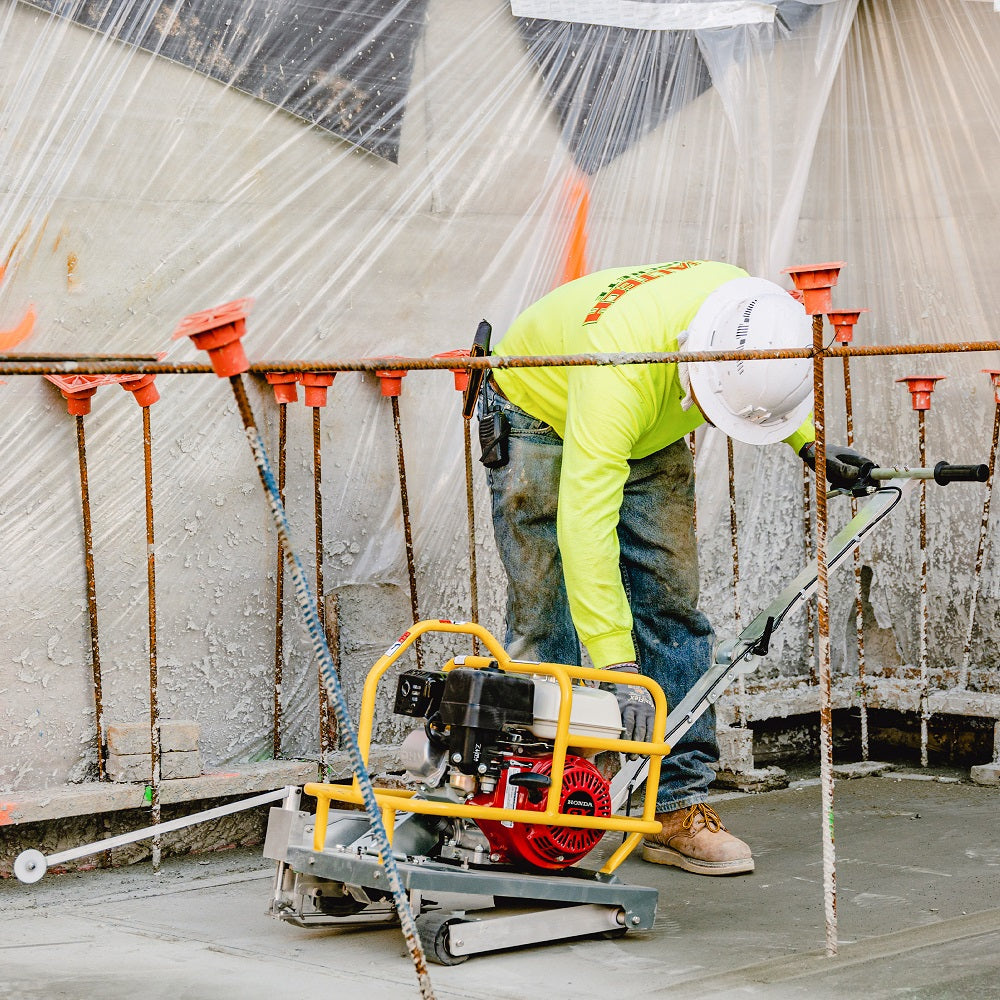In the world of construction and demolition, precision and efficiency are paramount. When it comes to cutting through tough materials like concrete, choosing the right tools is essential for achieving accurate and safe results. Concrete saws, also known as cutoff saws or power saws, are versatile tools designed to cut through concrete, asphalt, and other masonry materials. This blog delves into the key considerations for selecting the right concrete saw, including size, blade type, and safety features, ensuring that you make an informed decision that meets your project's needs.
1. Size Matters: Finding the Right Fit
Concrete saws come in a range of sizes, each designed for specific applications. The size of the saw determines its cutting capacity and the depth of the cuts it can make. When selecting a concrete saw, consider the maximum cutting depth required for your project. For smaller tasks, such as cutting through a concrete slab, a handheld or walk-behind saw may suffice. For larger projects that involve cutting through thick walls or pavements, a larger and more powerful saw, such as a self-propelled saw or a floor saw, may be necessary.
2. Blade Type for Material and Depth
Concrete saws utilize various blade types that are designed for specific materials and cutting depths. Diamond blades are the most common and versatile choice for cutting concrete. They are known for their durability and ability to cut through tough materials efficiently. The diamond blade's composition and design make it ideal for precise cuts while minimizing dust and debris. Depending on the project, you may also need specialized blades for cutting asphalt, brick, or other materials.
3. Safety First: Essential Safety Features
Safety should always be a top priority when operating concrete saws. When selecting a concrete saw, ensure that it is equipped with essential safety features, such as:
-
Blade Guard: A blade guard covers the rotating blade, preventing debris and fragments from scattering and protecting the operator from accidental contact with the blade.
-
Water Attachment: Some concrete saws feature a water attachment that helps control dust and keeps the blade cool during cutting. This enhances visibility and reduces the risk of dust-related health hazards.
-
Vibration Dampening: Vibration dampening features reduce the operator's exposure to hand-arm vibration, minimizing the risk of vibration-related injuries.
-
Emergency Shut-Off: An emergency shut-off switch allows the operator to quickly stop the saw's operation in case of an emergency.
-
Anti-Kickback Feature: This feature prevents the saw from kicking back during operation, enhancing control and reducing the risk of accidents.
4. Operator Comfort and Maneuverability
The comfort and ease of use of a concrete saw are essential for operator efficiency and safety. Look for features such as ergonomic handles, adjustable cutting depth, and controls that are intuitive to operate. Additionally, consider the saw's maneuverability, especially if you're working in confined spaces or tight corners. A well-designed concrete saw should be easy to maneuver while maintaining stability during operation.
5. Power Source: Gasoline or Electric
Concrete saws are available in both gasoline-powered and electric models. Gasoline-powered saws offer portability and independence from electrical outlets, making them suitable for outdoor and remote locations. Electric saws are generally quieter, emit fewer fumes, and require less maintenance. When choosing between the two, consider the project's location, power availability, and your preference for fuel type.
Selecting the right concrete saw involves evaluating the size, blade type, safety features, operator comfort, and power source that align with your project's requirements. Whether it's a small cutting task or a large demolition project, the right concrete saw can make a significant difference in terms of efficiency, precision, and safety. By considering these factors, you can choose a concrete saw that empowers you to tackle cutting tasks with confidence and achieve optimal results in the world of construction and beyond.










